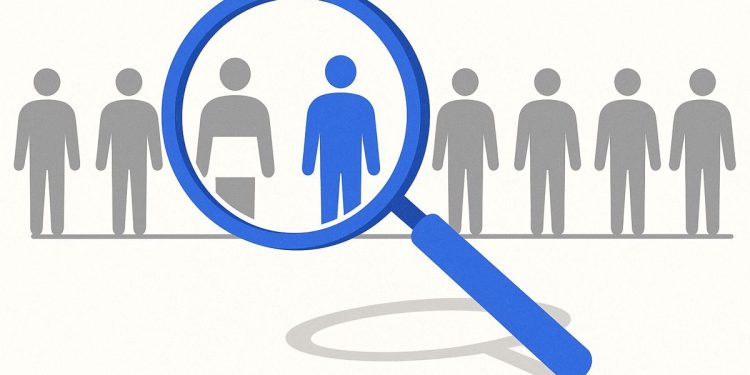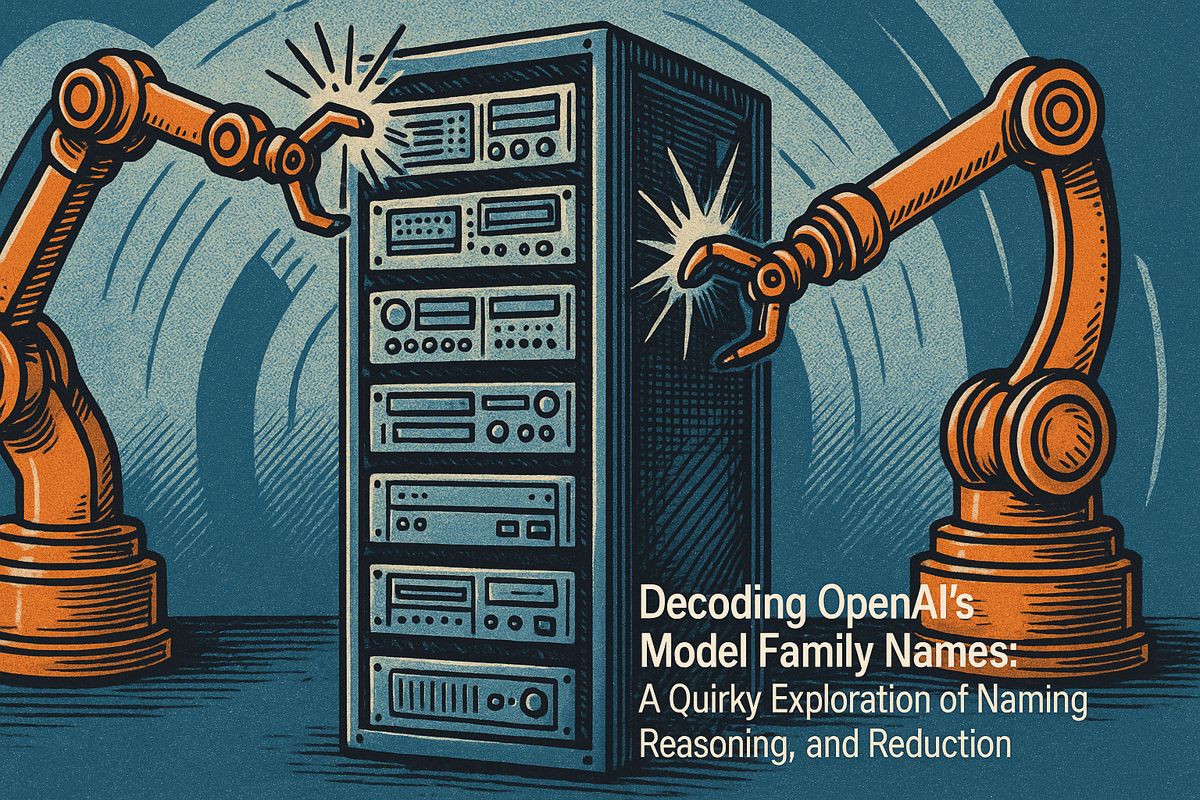With the latest SAP updates, SuccessFactors’ AI for 2025 talent analytics is transforming people analytics from a buzzword into a critical business function. HR leaders now have access to powerful data that forecasts workforce trends, identifies risks, and enables proactive talent strategies before disruptions occur. This guide explores how the new SAP SuccessFactors analytics suite helps pinpoint talent gaps, reduce employee churn, and drive strategic workforce planning.
Why leaders rate predictive people analytics a priority
Predictive people analytics enables organizations to make data-driven talent decisions that directly impact business outcomes. By forecasting future workforce needs, identifying flight risks early, and optimizing talent pipelines, companies can reduce turnover costs, improve hiring efficiency, and maintain a competitive edge in a dynamic labor market.
A commanding 70% of executives identify analytics as a top digital HR investment, with 49% prioritizing future-of-work forecasting. SAP’s data confirms the value: platforms that preemptively flag flight risks can reduce unwanted turnover by up to 20%. This integrated data backbone also powers diversity, equity, and inclusion (DEI) and skills dashboards, establishing a single, authoritative source of truth for leadership.
Inside the 2025 SuccessFactors toolset
SAP has evolved its Workforce Analytics into the cloud-native SAP People Intelligence platform, constructed on the Business Data Cloud. This modernization provides early adopters with key advantages, including unified data products that integrate HR, finance, and supply-chain signals into dynamic SAP Analytics Cloud visualizations. The core toolset includes:
- Talent Intelligence Hub: Leverages generative AI to align employee skills with future organizational roles.
- Performance and Goals Agent: Provides real-time feedback, enabling managers to address performance dips proactively.
- Skills-based successor recommendations: Analyzes capability matrices to identify and close leadership pipeline gaps.
Furthermore, the platform’s predictive engine analyzes historical attrition and engagement data to categorize employees by flight risk. This allows users to investigate contributing factors and simulate intervention scenarios before taking action.
Making People Analytics More Intelligent: AI-Driven Insights for Talent Leaders in action
Real-world results demonstrate the platform’s impact. A global manufacturer in the July 2025 Early Adopter Programme used dashboards to identify a critical cloud-security skills gap among its engineers. After deploying targeted learning and mobility opportunities, the company reduced voluntary churn in that group from 12.4% to 7.9% in six months, yielding an estimated $4.3 million in savings. Similarly, another client leveraged cross-suite reporting to visualize recruitment bottlenecks. By reallocating resources based on this data, they cut their time-to-hire by nine days. These examples align with the 25% retention increase seen across industries using AI-powered engagement tools.
Governing data, upskilling HR, and building trust
Robust data governance and privacy are paramount. HR analysts anonymize personally identifiable information before it is processed by the SAP Joule AI copilot, ensuring strict compliance. To maximize value, organizations are also investing in data literacy programs, training HR business partners to interpret insights from People Analytics directly, rather than relying on raw data exports.
Ultimately, building a culture of trust is crucial. When employees understand the transparent guidelines governing how analytics influence career conversations and opportunities, trust is fortified. Organizations that effectively communicate these guardrails report 65% higher engagement survey response rates. By combining algorithmic foresight with empathetic leadership, talent managers can achieve remarkable results. This strategic blend leads to fewer workforce surprises, superior skill alignment, and a proactive workforce plan that is fully equipped to meet the dynamic challenges of the 2025 labor market.
How does SAP SuccessFactors AI identify talent gaps before they become critical?
SAP SuccessFactors uses AI-enabled Talent Intelligence Hub that matches current workforce skills against future business needs with 87% prediction accuracy. The system analyzes performance data, learning history, and career aspirations to flag missing capabilities. In the 2H 2025 release, new skills-based successor recommendations automatically suggest internal candidates for critical roles, helping organizations build talent pipelines 35% faster than traditional methods.
What makes the new SAP People Intelligence different from legacy analytics?
SAP People Intelligence – launched via an Early Adopter Programme in July 2025 – replaces rigid KPI dashboards with interactive Data Products powered by SAP Analytics Cloud. Unlike static reports, it connects HR, finance, and supply-chain data in SAP Business Data Cloud, letting leaders simulate workforce scenarios and forecast attrition rates 12 months ahead. The platform is delivered through SAP Joule, SAP’s AI co-pilot, for natural-language queries.
How accurate is the churn-prediction engine, and what actions does it trigger?
The predictive models achieve 20-30% better accuracy than manual reviews by scanning early-warning signals such as engagement drops, promotion delays, and skipped training. When risk scores spike, the system prompts managers with personalized retention playbooks – from stretch assignments to micro-adjustments in compensation – and tracks intervention success in real time.
Which measurable results have customers reported after going live?
Organizations using the full analytics suite have cut time-to-hire by 25%, reduced regrettable attrition by 18%, and lifted internal mobility rates by 33%. Role-based dashboards give front-line managers team-level insights, while HR leaders access enterprise-wide diversity, equity, and inclusion metrics that feed directly into board-level diversity targets.
What deployment options exist, and how long until insights are available?
Customers can activate Stories in People Analytics on their existing SuccessFactors tenant in under six weeks, leveraging pre-built data models and cross-suite connectors that link Recruiting, Onboarding, Learning, and Performance modules. For deeper scenario planning, SAP People Intelligence is available as an add-on, with SAP-led onboarding that typically delivers first interactive dashboards in 8-10 weeks.



















